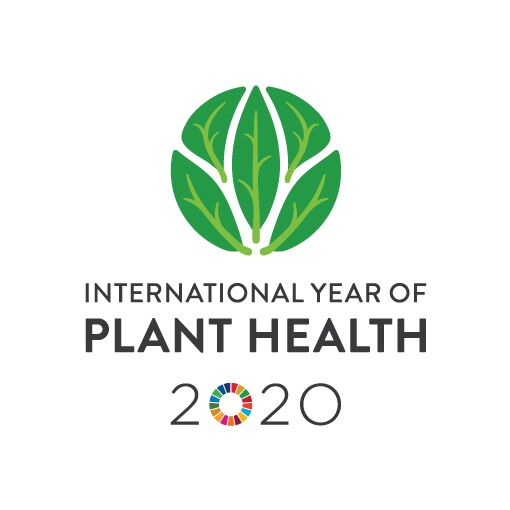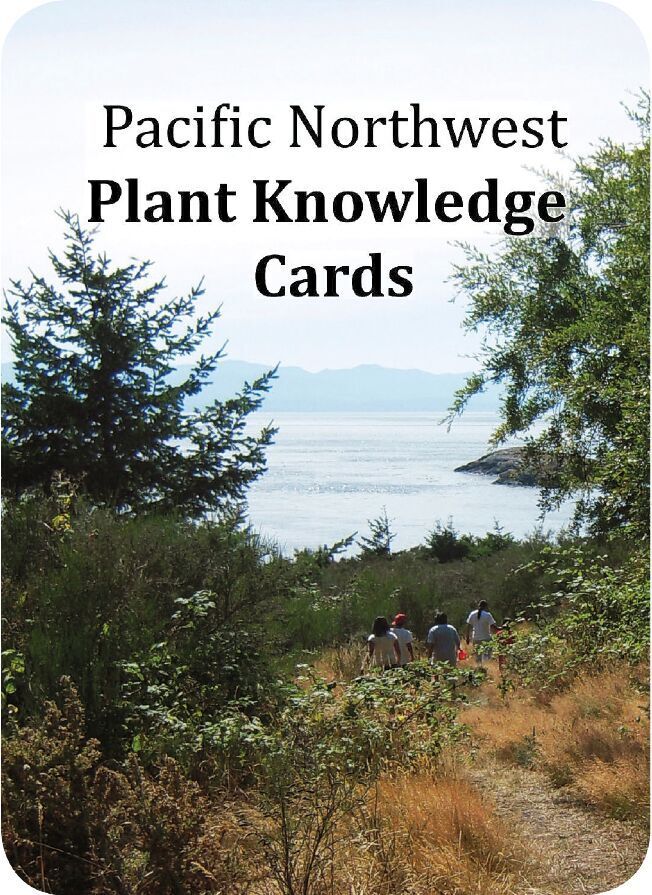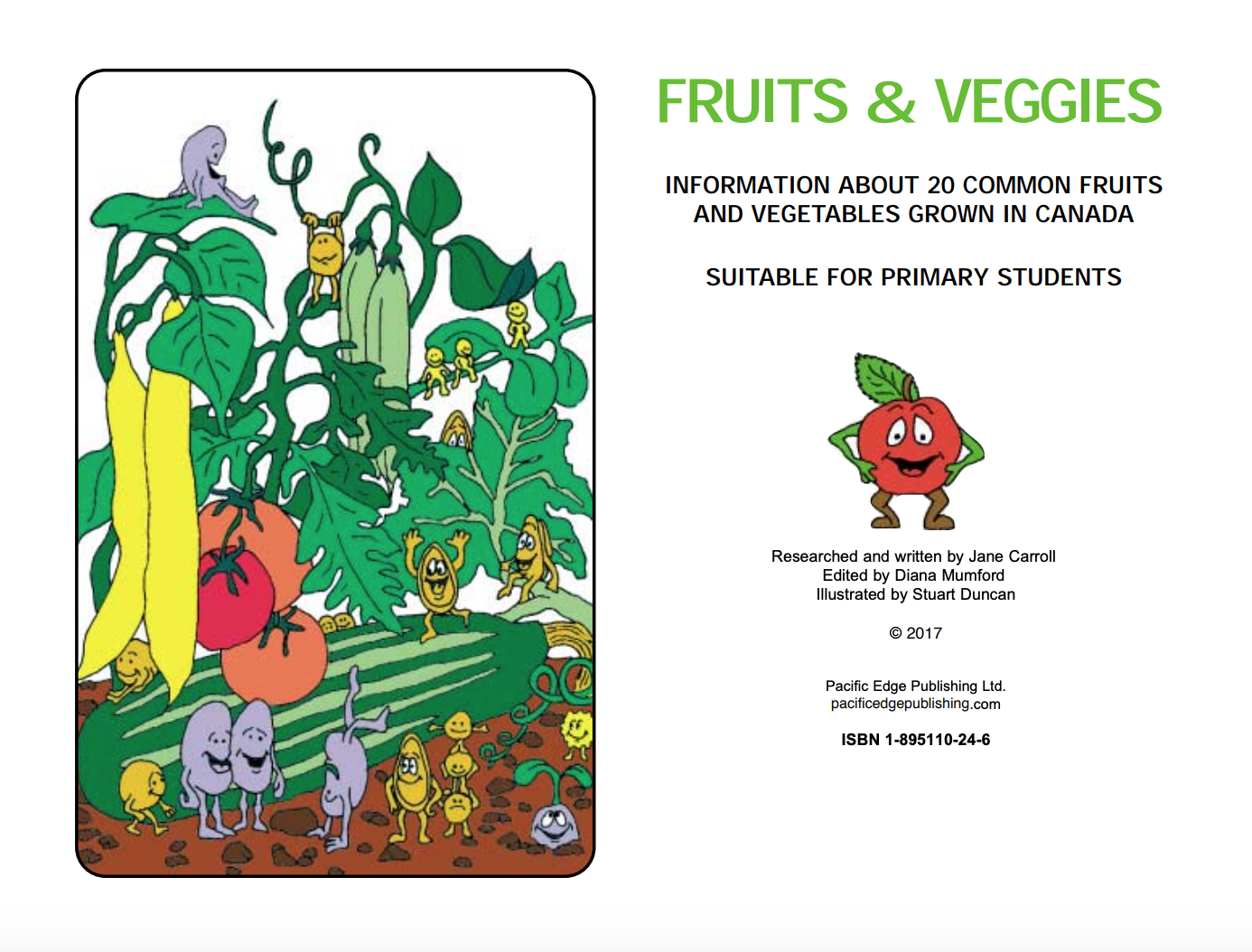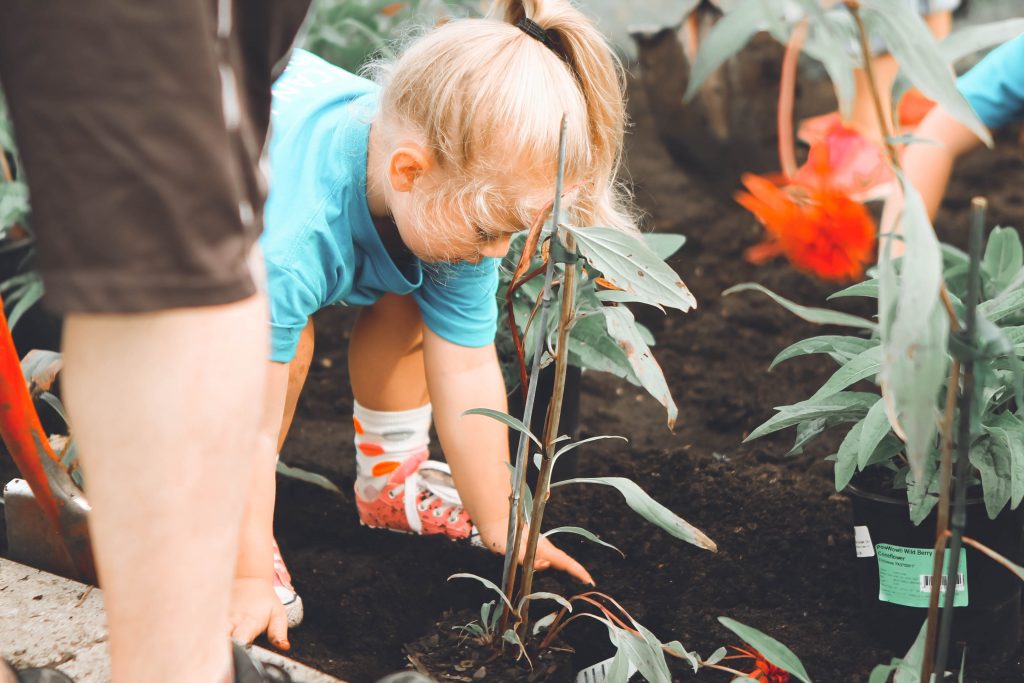Scientists typically describe ecosystems as places with living parts (plants and animals) and non-living parts (water, light, soil, and air). Each part of an ecosystem is connected to the other parts and all parts are important to the survival of the ecosystem.
Plants form the foundation for life in all of Earth’s ecosystems. They make the oxygen we breathe and account for more than 80% of the food that we eat.

January: Plant Health to Combat World Hunger
February: Plant Health for Healthy Humans
March: Plant Health for Sustainable Forests
April: Healthy Plants for a Healthy Planet
May: Plant Health and Bugs
June: Plant Health for Urban Gardens and Your Backyard
August: Healthy Plants and Your Kitchen Table
September: Plant Health in a Changing Climate
October: Technological Advances for Plant Health
November: Plant Health and Treasure Troves from the Past
The Food and Agriculture Organization of the United Nations has more information about these themes listed on their website as well as information on ways to register events, details of a photo contest, free access to posters, a promotional video, etc. fao.org/plant-health-2020
The Government of Canada website also has some information that might be of interest to educators and parents: canada.ca/en
RESOURCES
If you are looking for information to support learning that relates to The International Year of Plant Health, some of the following resources might prove helpful.
CARDS

Strong Nations Publishing
ISBN: 978-1-77174-345-7
This set of 65 cards highlights edible and medicinal plants. The cards describe traditional uses and the ways of harvesting for each plant.

by Jane Carroll
Pacific Edge Publishing, 1995
ISBN 978-895110-24-6
Perfect for research and independent projects in your primary classroom, these fact sheets contain information about twenty common fruits and vegetables grown in Canada. Beautifully illustrated with black & white line drawings, complete with activity ideas. The resource includes fact sheets on Apples, Blueberries, Beans, Broccoli, Carrots, Cherries, Corn, Potatoes, Pumpkins, Grapes, Kiwifruit, Lettuce, Peas, Peaches, Pears, Plums, Raspberries, Strawberries, Zucchini and Tomatoes.
BOOKS
by Bobbie Wildman
Strong Nations Publishing, 2018
ISBN 978-1-77174-313-6
Bobbie Wildman is from the Musgamagw Dzawada’enuxw First Nation in British Columbia. In this book she describes the thimbleberry, huckleberry and blackberry. Harvesting techniques and uses of these berries (including a jam recipe) are described. This book is well illustrated and supports the reader with many non-fiction text features.
by Rob Sproule
Lone Pine Publishing, 2015
ISBN 978-1-55105-917-4
Snow mold? Now what could be more Canadian than
that? In this well-illustrated and informative book, Rob
Sproule identifies common garden pests, diseases, and
weeds as well as environmental stress issues and offers
expert information and advice for managing them.
With the emphasis on organic methods of control, this book would be a useful tool for teachers who are interested in protecting the health of the plants in their school and home gardens.
by Sally Williams
Strong Nations Publishing, 2018
ISBN 978-1-77174-309-9
In this book Sally Williams describes medicinal plants used by the Gwawaenuxw First Nation. She also teaches us about some of the foods, physical activities, and traditional practices that promote wellness of the spirit, body, mind, and emotions.
by Cathy James
Shambhala Publications, Inc., 2015
ISBN 978-1-61180-164-4
This book is filled with garden activities suitable for children aged 4 to 8. Imaginative play, science, math, art, and literacy ideas are included.
by Carolyn Mallory and Susan Aiken
Inhabit Media, 2012
ISBN 978-1-927095-19-5
From the Arctic Poppy to the Mastodon flower these authors introduce the reader to an amazing variety of plant life to be found on the Arctic tundra. This book is well organized and tightly written. It includes clear headings, captioned and labelled photographs, maps, a glossary, and an index. Wherever possible, traditional knowledge about the plants has been included.
by Maribeth Boelts
illustrated by Anglea Dominguez
Candlewick Press, 2020
ISBN 978-1-5362-0105-5
Although Kaia’s father keeps bee hives on their apartment building roof, Kaia never goes up to help him because she is so afraid of bees. Gradually, as she learns how important bees are as pollinators and as she helps with the honey harvest, Kaia overcomes her fears and decides she will go on the roof to help. This picture book is as much about being brave as it is about bees and it will be useful in lessons to address both personal development and ecology curricula.
by Kaci Rae Christopher
New Society Publishers, 2019
ISBN 978-0-86571-905-7
This book offers a comprehensive framework teachers can use to engage students in school gardens throughout the year and to build their skills from kindergarten through grade 8.
TEACHING RESOURCES
B.C. Agriculture in the Classroom Foundation
Pacific Edge Publishing, 1995
ISBN 978-1-895110-08-4
This resource guide for growing seeds is sponsored by the Agriculture in the Classroom Foundation and was written for primary school classrooms. There are twenty activities that can be used in any sequence throughout the year. Reproducible pages are included.
by Gladys Stansbury and Cathy Ready
Pacific Edge Publishing, 1995
ISBN 978-1-895110-22-X
A hands-on unit for the study of soils, students will learn about land forms, geology, biology, and the physical process of weathering, sedimentation and capillarity of soil. The connection between soil conservation/degradation and agriculture is explored, clearly demonstrating the importance of soil to the production of food.
Planting a Promise
Harvest Box Project
The Pencil Patch
B.C. Agriculture in the Classroom Foundation
bcaitc.ca / 1-866-517-6225
The B.C. Agriculture in the Classroom Foundation is a not-for-profit organization that works with educators to bring agriculture to BC students. A full list of programs and resources can be found on their website.
by Larraine Roulston
castlecompost.com
Pee Wee the red wiggler worm is the main character in a series of books designed to teach children about composting for backyard gardens.
Brenda Boreham
Brenda has 35 years of classroom experience. She has presented workshops on literacy strategies, and has written a number of resources for teachers. She remains passionate about matching up kids with books.
This article is from Canadian Teacher Magazine’s Spring 2020 issue.

